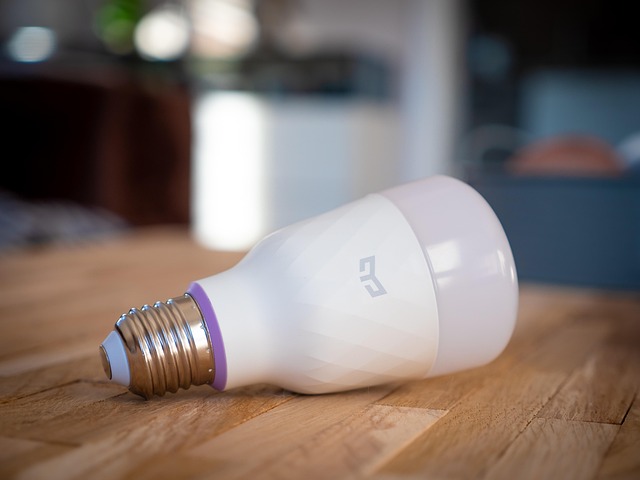In recent years, the field of robotics has made significant strides, particularly in the realm of healthcare. One of the most innovative advancements that has emerged from this evolution is the development of smart prosthesis. These advanced devices not only enhance mobility but also offer a glimpse into the future of patient care and rehabilitation. As technology continues to evolve at a staggering pace, smart prosthesis exemplify how robotic devices can transform lives in ways previously thought impossible.
Technological innovations have been a key driving force behind the development of smart prosthesis. Traditional prosthetics provided basic functionality, but their limitations were evident. Enter smart prosthesis, equipped with sensors and artificial intelligence, which allow these devices to adapt to the user’s movements. For instance, sensors in smart prosthetics can pick up on muscle signals from the residual limb, enabling more natural and fluid movements. This unprecedented level of interaction between the user and the device reflects a profound shift towards personalized healthcare.
Health innovations within the realm of smart prosthesis do not stop at mobility. These sophisticated devices often come with integrated monitoring systems that track the user’s activity and health metrics. By collecting data on how an individual uses their prosthesis, healthcare providers can gain insights that tailor rehabilitation practices to each patient’s unique needs. This data-driven approach can lead to improved health outcomes and better quality of life for individuals using smart prosthesis.
Moreover, the integration of artificial intelligence into smart prosthesis fosters continuous improvement. Machine learning algorithms can analyze patterns in usage, helping to not only enhance the functionality of the prosthesis but also predict user needs over time. This proactive approach ensures that adjustments can be made before issues arise, significantly reducing discomfort and risk of injury.
The rise of smart prosthesis is not just a technological revolution; it is also a testament to human resilience and our relentless pursuit of improvement. For many who have lost limbs, smart prosthetics provide a renewed sense of hope and independence. The emotional and psychological benefits that accompany the use of these devices—such as increased self-confidence and the ability to perform everyday activities—cannot be overstated. Furthermore, as these devices become more affordable and accessible, the impact they have on individuals facing mobility challenges will expand exponentially.
As we continue to witness breakthroughs in robotics, the future of healthcare is undoubtedly intertwined with the evolution of smart prosthesis. These devices represent a fusion of technology and compassion, pushing the boundaries of what is possible in rehabilitation and everyday living. The journey towards more intuitive, responsive smart prosthetics is just beginning, and the potential for change is enormous.




